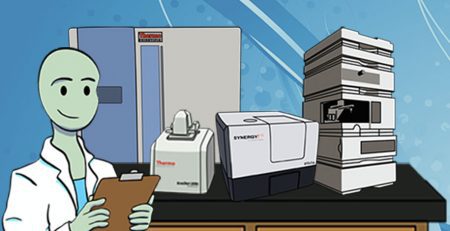Flushing a Toilet Could Now Create Biofuel
According to the World Toilet Organization (WTO), the average US citizen uses a toilet 2,500 times a year, approximately 6-8 times daily. Now imagine if those flushes could be converted into a viable alternative energy source? According to an article in Popular Science, “your flushes can produce two or three gallons of biofuel per year when the wastewater is treated using a process, developed by scientists and engineers at the Department of Energy’s Pacific Northwest National Laboratory, called hydro-thermal liquefaction (HTL).”
Addressing the issue of global sanitation is among the UN’s top priorities of sustainable development goals, and for sees this process as an exciting prospect.
This process mimics the way crude oil forms, but instead of taking millions of years it only takes 45 minutes. HTL creates two main products: biocrude and a form of natural gas. It also creates a small amount of of nutrient-rich byproduct, which can be used in fertilizer production. If this method was implemented across all US wastewater treatment plants, 30-45 million of barrels of bio-oil could be produced per year. While this won’t completely replace current energy sources, it’s a step in the right direction.
“What sets HTL apart is the simplicity,” research engineer Justin Billing said. The technology works with any wet organic waste materials, such as sewage, algae, feedstock, or animal manure. These were once considered poor sources for biofuel because older processes required drying them out, but this does not. All it takes is pressure and heat — you must bake the material at 660 degrees Fahrenheit.














